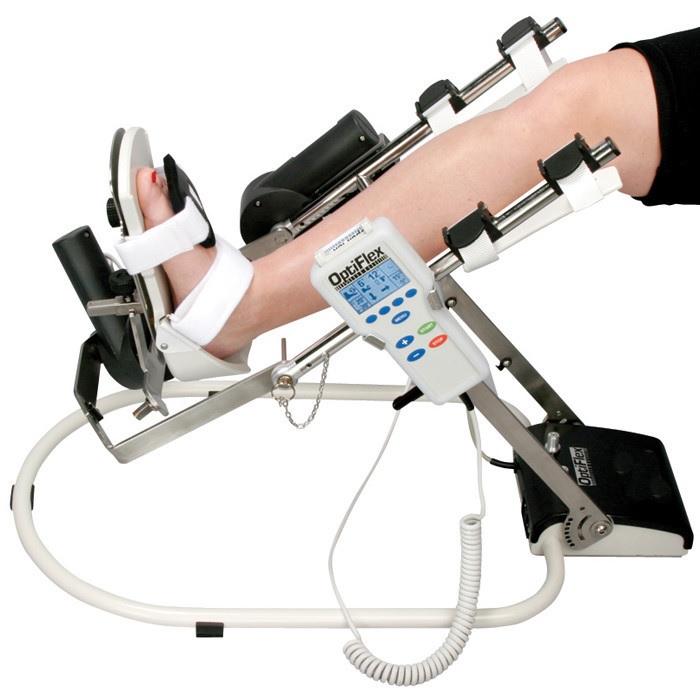During the last century, medical researchers began to make progress in treating sprained or strained joints. The breakthrough came with the realization that safe yet continuous motion of the injured joint, during the bleeding and swelling stages of the injury, was essential for preventing the development of arthrofibrosis. With the advance of modern technology, devices known as continuous passive motion (CPMs) machines began to appear during the last quarter of the twentieth century. Today, Chattanooga's OptiFlex® Ankle CPM represents the most recent culmination of that research and development. Its easy-to-adjust motors operate at two speeds and can be configured to meet the needs of particular patients. A connected hand control enables caregivers to collect and store patient data on a memory chip for longitudinal analysis. Finally, the OptiFlex® range of motion permits dorsi flexion, plantar flexion, inversion, and eversion.


